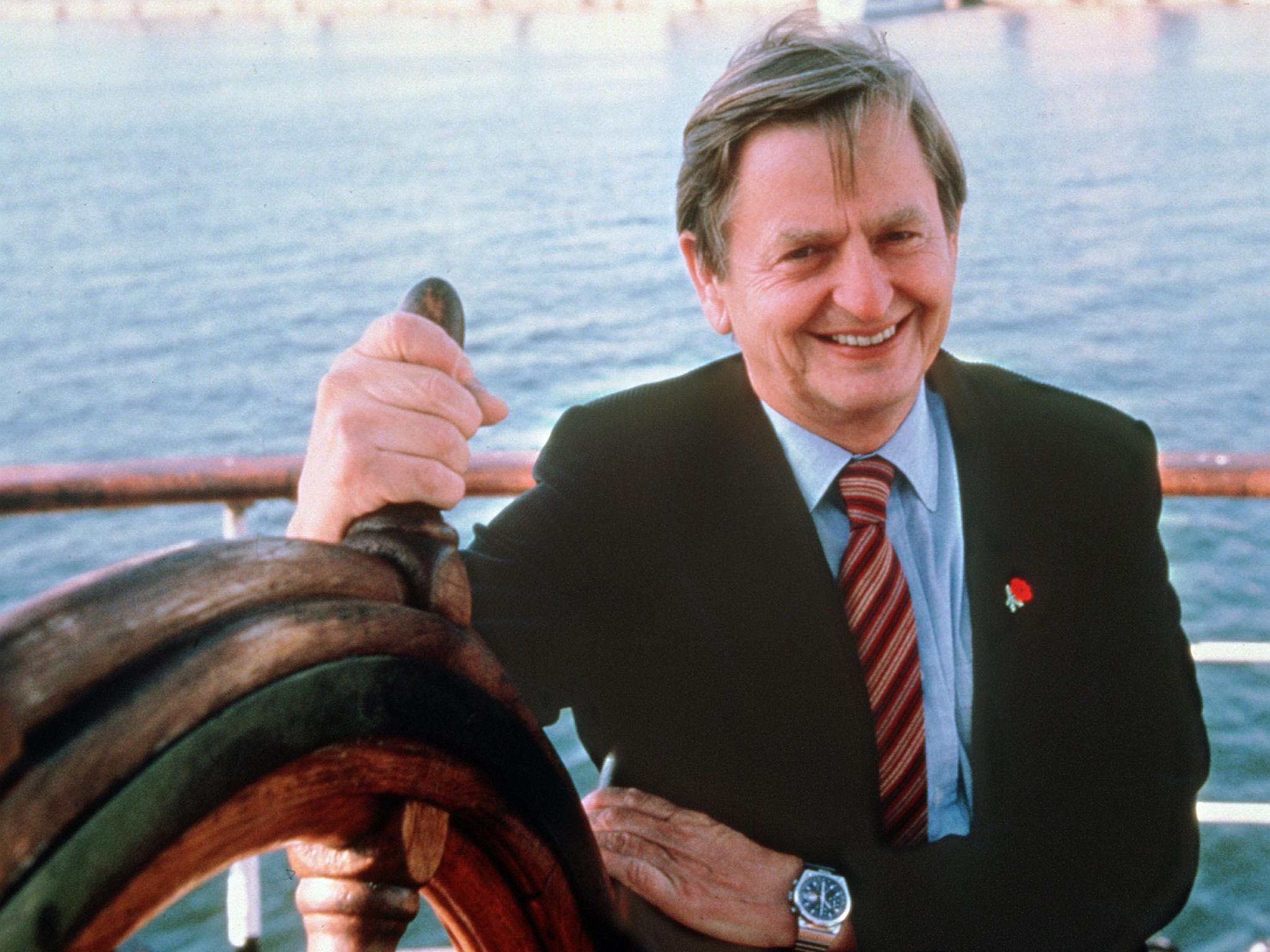More than 30 years later Sweden’s biggest mystery remains unsolved. Who killed Olof Palme?
Before his own untimely death, Stieg Larsson was investigating the murder of the Swedish prime minister outside a cinema. He might even hold the key to solving the mystery of the assassination. Andy Martin on a story that has gripped the nation ever since

What were Stieg Larsson’s final thoughts? For one thing, having finished writing and selling the Girl With the Dragon Tattoo trilogy (together with tv and film rights) he was probably bummed that he wouldn’t get to see them published and enjoy the fruits of his labours. He was almost certainly sorry that he had taken the stairs instead of the lift too. But there was one other subject on his mind that day. An unsolved murder. The biggest mystery of the 20th century in Sweden.
Larsson was not just a novelist but an illustrator and a journalist. On that morning in 2004, at the age of 50, he was going up to the Stockholm office of Expo, a magazine he had co-founded, dedicated to exposing neo-Nazi and racist conspiracies in Sweden and around the world. The offices were on the seventh floor and the lift didn’t seem to be working. So, despite being out of shape, he took the stairs instead. He suffered a heart attack and collapsed before he got to the office.
One of his thoughts was almost certainly, I wish my diet hadn’t been quite so exclusively coffee, cigarettes, and burgers, or why didn’t I take more exercise? But the other thing we now know that was on his mind at the time was: who killed Olof Palme? Olof Palme is Europe’s JFK and his murder in 1986 unleashed a similar torrent of foaming speculation. Palme was the prime minister of Sweden. His social democratic politics and his eloquence in addressing issues of injustice around the world (notably to do with Vietnam and South Africa) had earned him as many enemies as fans and supporters.
Some saw him as a saviour and an icon, others as an obvious stooge of the KGB (before the fall of the Berlin Wall and the collapse of the Soviet Union) and a threat to democracy. One opponent, who would become a suspect, Alf Enerström, said: “It took a world war to get rid of Hitler. What will it take to get rid of our own Hitler – Olof Palme?”
Subscribe to Independent Premium to bookmark this article
Want to bookmark your favourite articles and stories to read or reference later? Start your Independent Premium subscription today.
Join our commenting forum
Join thought-provoking conversations, follow other Independent readers and see their replies